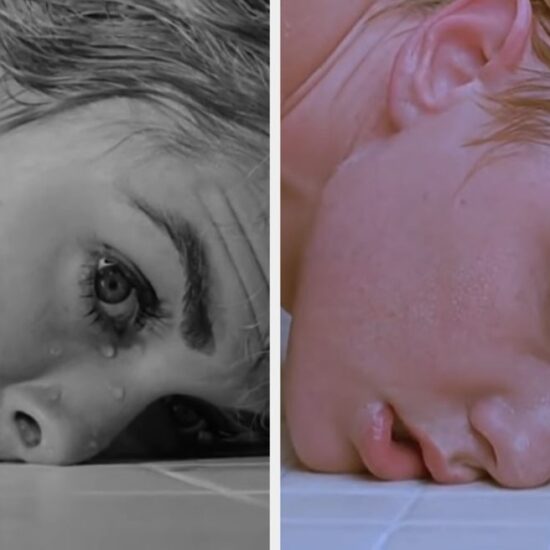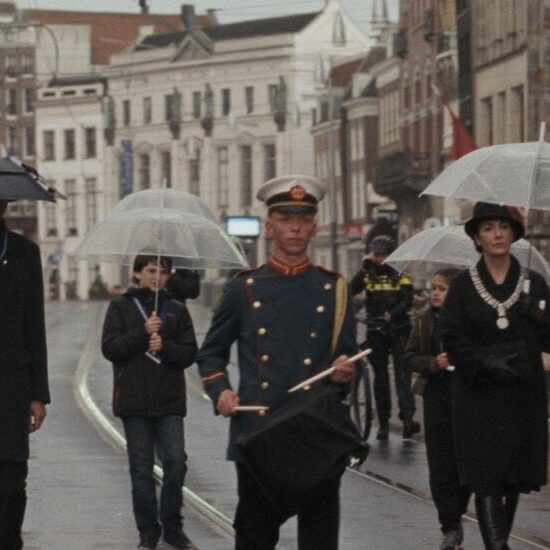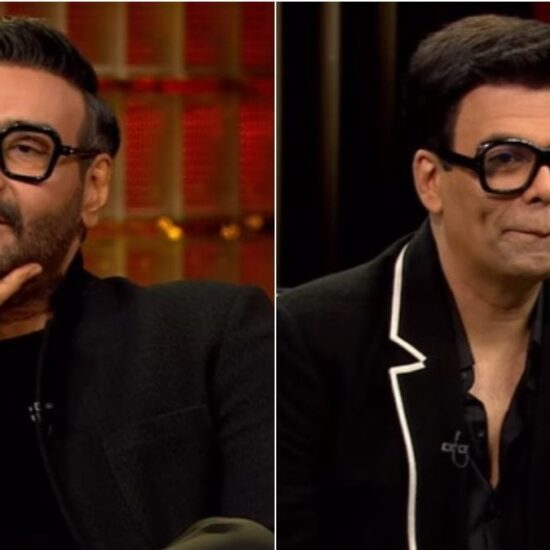In the latest edition of Bartlett’s Familiar Quotations, there’s a sports figure who towers over the competition.
Among the nine sayings attributed to one Lawrence Peter Berra, the New York Yankees catcher better known as Yogi, are phrases that may seem nonsensical at first, but on further reflection offer wisdom for the ages.
“You can observe a lot by watching.”
“It was déjà vu all over again.”
And of course, there’s “It ain’t over till it’s over,” which provides the title for a new documentary about Yogi’s life.
“It Ain’t Over” aims to be a corrective to the caricature implanted in the cultural consciousness of Yogi as an amiable clown, a malaprop-prone catcher who looked as if he were put together with spare parts. But Yogi was not only a cuddly pitchman for insurance, beer and chocolate milk, an inspiration for a certain cartoon bear, and a stand-up guy beloved by teammates; he was, the film argues, one of the best baseball players who ever lived.
“This guy was criminally overlooked his whole life, at every stage,” said Sean Mullin, the film’s director.
The documentary, which opens Friday, is intensely personal, tapping the eldest of Yogi’s 11 grandchildren to serve as a narrator with no pretense to objectivity in fighting for her grandfather’s legacy.
It was a relatively recent slight that encapsulates the film’s defining thesis and yields the opening scene. During the All-Star Game in 2015, Major League Baseball honored the four players voted by fans as the greatest living legends. Watching that night with her grandfather, Lindsay Berra remembers becoming infuriated that Yogi had not made the cut.
Mullin and Lindsay Berra, in separate interviews, emphasized that they meant no offense to the four greats honored that night — Willie Mays, Hank Aaron, Sandy Koufax and Johnny Bench. They just fervently believe that Yogi should have been the fifth man walking on the field that night in Cincinnati.
“I always thought from the beginning that I figuratively wanted to put Grandpa back in the picture with the documentary,” said Lindsay Berra, who is an executive producer on the film.
The filmmakers marshal the statistics and an impressive array of former players and other baseball experts to back up their claim. Yogi — who died in 2015 at 90 — was a core part of 10 World Series championship teams as a player, more than anyone else. He won three Most Valuable Player awards, played in All-Star games in 15 straight years and in 1956 caught the only perfect game in World Series history. And only two major leaguers have ever hit more than 350 home runs while striking out fewer than 450 times: Joe DiMaggio and Yogi.
The statistic that most impresses Lindsay Berra comes from 1950. That season, Yogi went to the plate 656 times and struck out just 12 times: “That to me will always be astonishing, because guys today strike out 12 times in a weekend.”
All this passionate lobbying is not mere special familial pleading. Jon Pessah, who wrote the 2020 biography “Yogi: A Life Behind the Mask” (and is not in the film), said the idea that Yogi’s baseball prowess has been overlooked “is 100 percent true.”
Besides the hitting feats, Yogi willed himself into becoming a terrific defensive catcher and was expert at guiding his temperamental pitchers. (During Don Larsen’s perfect game in the 1956 World Series, he did not shake off one of the 97 pitches Yogi called.)
“After studying his career, you say, wow, this guy carried the Yankees in the ’50s,” a decade that bridged DiMaggio and Mickey Mantle, Pessah said. “You look at what he meant on the field and at the plate, he was a force.”
The unfair, and incomplete, perception of Yogi has much to do with his stubby stature and comparisons with his famous teammates. DiMaggio was slick and polished, and married to Marilyn Monroe; Mantle was the blue-eyed, golden-haired, all-American boy from Oklahoma. Yogi — well, no demeaning or belittling description seemed off-limits to the writers who covered him. Early in his career, a Life magazine article referred to him as “knock-kneed” and “barrel-shaped,” and likened his running style to that of “a fat girl in a tight skirt.” That was all in one sentence.
His first manager called him an ape. In newspaper and magazine articles, Yogi’s looks were compared to those of a gargoyle, a gorilla and an orangutan.
“Can you imagine reporters writing today that someone looked like a gorilla and was too ugly to be a Yankee?” Lindsay Berra said.
But Yogi ultimately didn’t mind playing the butt of jokes, sloughing them off as just another test of character.
“I think he knew inside who he was,” Mullin said. “There was a real confidence at a very base level.”
Growing up the fourth child of Italian immigrants in St. Louis, Yogi quit school after eighth grade to help support his family, although he pretty much just wanted to play baseball. Constantly underestimated, he ultimately signed with the Yankees. He served during World War II and was in a rocket boat at Omaha Beach on D-Day.
Back from the war, he played on a Yankees farm team for a year before being called up late in the 1946 season. He was in the majors for good.
While proving naysayers wrong with his hitting prowess and improving defense, he also displayed deep-seated integrity. At a time when racism still thrived in Major League Baseball despite Jackie Robinson integrating the game in 1947, Yogi showed respect to Robinson and other Black players; he later became very good friends with Larry Doby, the first Black player in the American League.
But a charmed life — he also had a storybook marriage to his hometown sweetheart, Carmen — does not make for the most dramatic of films.
To add some texture to his portrait, Mullin examined both Yogi’s larger cultural significance and his personal pain.
Yogi became one of the first celebrity endorsers, hawking the chocolate milk drink Yoo Hoo, Doodle fish oil, Camel cigarettes and, really leaning into the persona later in life, Miller Lite and Aflac insurance. “He never resented the way he was viewed but he was savvy enough to know it made business sense,” Pessah said.
Yogi’s son Dale followed him into the majors, but a promising career was derailed by a cocaine addiction. Rehab didn’t help, and neither did encouragement from his family. It took an ultimatum, delivered by Yogi, at an intervention in 1992.
“You’re not going to be my son anymore unless you make a decision to not do drugs again,” Dale Berra said his father told him. He has been clean since.
The other deep wound in Yogi’s life came in 1985, inflicted by the Yankees owner George Steinbrenner. Serving as manager for Steinbrenner was a decidedly unsafe proposition, and 16 games into Yogi’s second season, he was fired. What angered Yogi most wasn’t the firing, it was that Steinbrenner didn’t have the guts (or decency) to deliver the blow himself. Yogi, always a man of his word, vowed never to return to Yankee Stadium until Steinbrenner apologized.
It took nearly 14 years before a rapprochement was brokered, leading to Yogi Berra Day at the stadium in July 1999. Forty-three years after the World Series perfect game, Don Larsen was reunited with his former battery mate to throw out the ceremonial first pitch.
Yogi didn’t have a glove with him, so he borrowed one from Joe Girardi, a Yankees catcher at the time. Those there that day still marvel at what they then witnessed. David Cone proceeded to pitch another perfect game for the Yankees. A life well lived had its magical coda.












